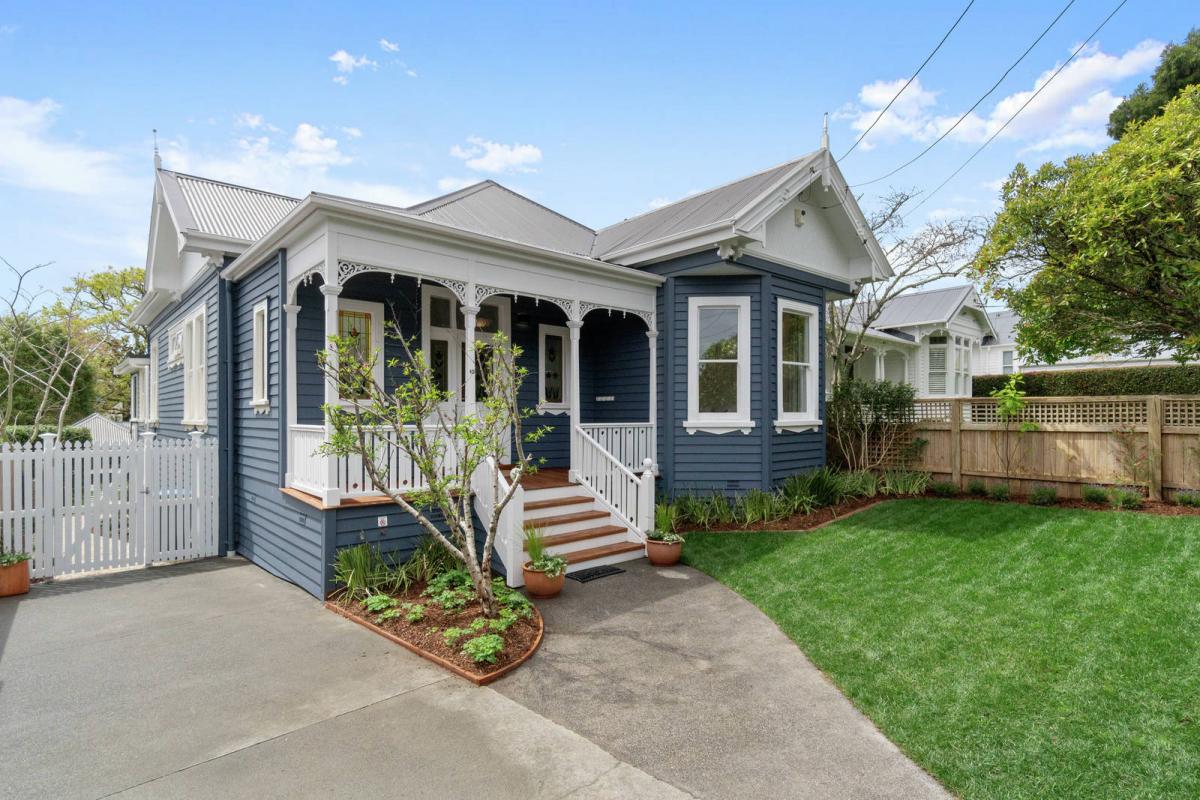CUSTOM COMFORT: THE REALITIES OF ADJUSTABLE BEDS
In modern sleep solutions, adjustable beds have gained significant attention.
They are known for their promise of enhanced comfort and customizable sleeping positions.
These innovative sleep systems have captured the interest of people who value their personalized comfort and want to improve their sleep.
Let’s explore the world of adjustable beds and look at the expectations and reality to decide whether these beds live up to the hype.
What is an Adjustable Bed?
An adjustable bed is often referred to as an adjustable bed base.
It’s a sleep system that allows users to elevate various mattress parts to create customized sleeping positions. These beds are equipped with motorized mechanisms that let users adjust the angle of their head, feet, and body alignment.
The primary purpose of adjustable beds is to provide comfort and reduce common sleep-related issues like snoring, acid reflux, and back pain.
Adjustable Beds: Do They Help?
Adjustable beds offer a promising solution for improved sleep quality and enhanced comfort.
Let’s look at the expectations vs. reality regarding whether adjustable beds help improve sleep quality.
Expectations: Improved Sleep Quality and Health
Adjustable beds are touted as a solution to various sleep-related problems.
These beds are often marketed to reduce discomfort by allowing users to find their optimal sleeping position. Be it elevated for breathing ease or with legs raised for improved circulation.
With the ability to customise sleeping positions by elevating different parts of the mattress, these beds can alleviate common sleep-related issues such as snoring, acid reflux, and back pain.
Whether adjustable beds truly help can be answered with a resounding yes.
Reality: Evidence-Based Benefits
The reality aligns with the expectations.
Adjusting the bed to provide better support for specific body areas can reduce chronic pain and improve comfort during sleep.
How to Choose an Adjustable Bed?
With various available options, choosing the right adjustable bed requires careful consideration.
Here are some factors to keep in mind:
Motor Quality and Noise. Opt for beds with high-quality motors that operate. Noisy mechanisms can disrupt your sleep and lead to frustration.
Mattress Compatibility. Ensure the adjustable bed is compatible with your existing mattress, or choose one that pairs well.
Number of Adjustable Zones. Look for beds that allow you to adjust different areas for personalised comfort.
More Features. Some adjustable beds include massage settings, USB ports, and under-bed lighting. Decide if these features are important to you.
Warranty and Customer Reviews. Research the manufacturer's warranty and read customer reviews to get insights into real-world experiences.
Adjustable Bed vs. Regular Beds: A Comparison
The differences go beyond aesthetics when comparing adjustable beds to regular beds.
Adjustable beds offer versatility and customisation that traditional beds often cannot match. The ability to adjust the angle of the head and feet can cater to specific sleep preferences and address various health concerns like snoring, acid reflux, and back pain.
Regular beds provide a fixed sleeping surface without the adaptability that adjustable beds offer.
While adjustable beds offer personalised comfort and targeted support, traditional beds still have their place, especially for individuals with simpler sleep needs.
Expectations: Enhanced Comfort and Flexibility
The primary expectation when comparing adjustable beds to regular beds is that the former offers enhanced comfort and flexibility.
The ability to customise your sleeping position is believed to be a game-changer, particularly for those with specific health concerns or preferences.
Reality: Personalized Comfort and Support
The reality is that adjustable beds do indeed provide a level of comfort and support that traditional beds often can't match.
The adjustability factor can cater to different sleeping positions and reduce discomfort, improving sleep quality and well-being.
Reduce Tension and Sleep Better
In the world of sleep solutions, adjustable beds have proven to be more than a marketing gimmick.
When searching for top-notch adjustable beds in New Zealand, Beds4U is your ultimate choice.
With their thoughtfully curated collection of adjustable beds, experience unmatched comfort and support for a revitalising night's sleep.
Discover Beds4U's range for a refreshing and pain-free start to your mornings.
Neighbourhood Challenge: Who Can Crack This One? ⛓️💥❔
What has a head but no brain?
Do you think you know the answer? Simply 'Like' this post if you know the answer and the big reveal will be posted in the comments at 2pm on the day!
Want to stop seeing these in your newsfeed?
Head here and hover on the Following button on the top right of the page (and it will show Unfollow) and then click it. If it is giving you the option to Follow, then you've successfully unfollowed the Riddles page.

Scam Alert: Fake information regarding December Bonuses from MSD
The Ministry of Social Development is reporting that fake information is circulating about new ‘December bonuses’ or ‘benefit increases’
If you get suspicious communication, please contact Netsafe.

Poll: Are Kiwis allergic to “exuberance”? 🥝
In The Post’s opinion piece on the developments set to open across Aotearoa in 2026, John Coop suggests that, as a nation, we’re “allergic to exuberance.”
We want to know: Are we really allergic to showing our excitement?
Is it time to lean into a more optimistic view of the place we call home? As big projects take shape and new opportunities emerge, perhaps it’s worth asking whether a little more confidence (and enthusiasm!) could do us some good.

-
40.4% Yes
-
33.9% Maybe?
-
25.7% No






 Loading…
Loading…




